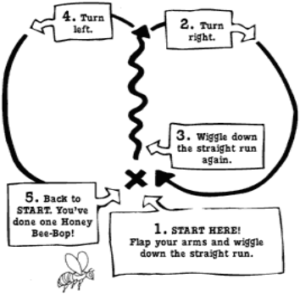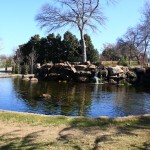Four Nature Questions We Answered This January
If you’ve been following along with the Rory Meyers Children’s Adventure Garden on email and social media this winter, you know we’ve been sharing at-home winter activities every week to keep your kids thinking about nature! (And if you haven’t kept up with all the excitement, sign up for our email here, and follow us on Facebook, Instagram, and Twitter to keep up-to-date!)
We’ve covered a wide variety of topics from snowflakes to honey bees, and there’s still more to come. In case you missed any of our activities, here is a quick review of some amazing things we’ve learned this winter! We even have a sneak peek at the activities coming up during February. To experience more hands on science, bring your family to Rory Meyers Children’s Adventure Garden when we re-open on February 24, where we explore our world every day.
Remember… Your Adventure Starts Here!
1. How do snowflake form and what do they look like?
Snowflakes form inside of clouds as the temperature reaches 32°F. Snowflakes are six-sided because H2O molecules bonded a hexagonal shape. The chemical structure of water is revealed in the beautiful formation of snowflakes!
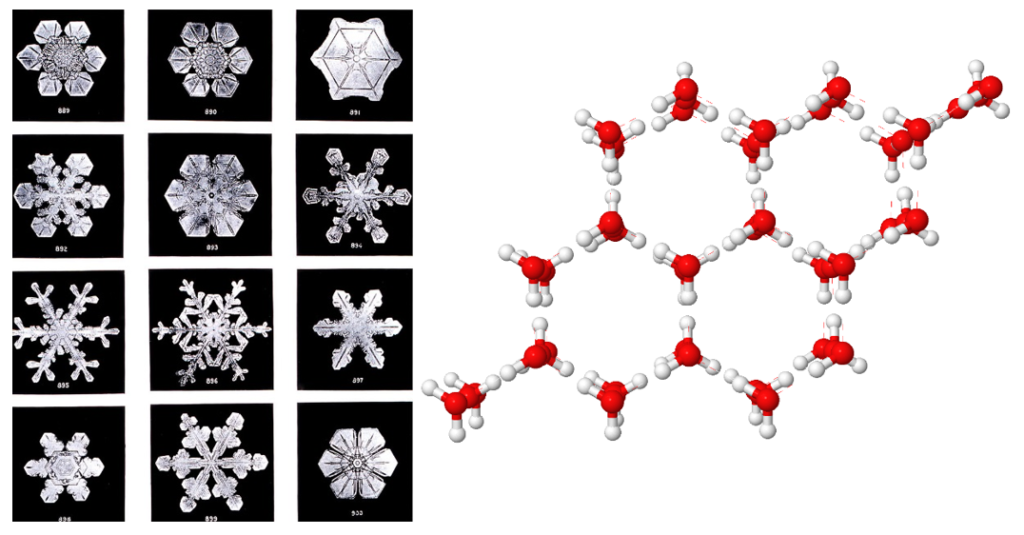
In this activity we created our own “snowflake” crystals!
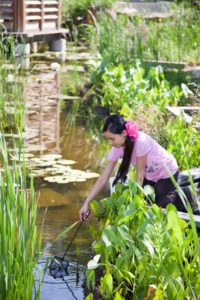 2. What are wetlands and what animals live there?
2. What are wetlands and what animals live there?
Wetlands are “transition zones.” The land is neither totally dry nor wet all year. This makes wetlands a unique habitat for all sorts of animals from birds to reptiles, and mammals to fish!
In this activity we built an edible wetlands!
3. What do honey bees do and how do they communicate?
Honey bees gather nectar from flowers to create honey. Honey bees share the location of flowers with one another through dance—the waggle dance! Honey bees can communicate how far and in what direction to fly to reach a specific flower by simply dancing.
In this activity we got moving to learn the honey bee waggle dance!
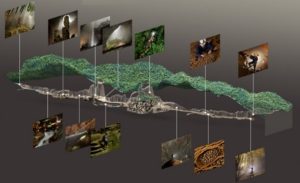 4. How are caves formed?
4. How are caves formed?
Caves are formed over time by a chemical reaction between limestone and water. The largest cave in the world, Son Doong Cave in Vietnam, could fit a 40-story building inside of it!
In this activity we explored chemical reactions by forming bath bombs!
Don’t miss our February activities featuring how to grow seeds, the physics of kites, how to be a birder, and using compasses to travel!
And remember, sign up for our email here to stay keep up with everything going on in the Rory Meyers Children’s Adventure Garden.
Related Posts
Comments are closed.


